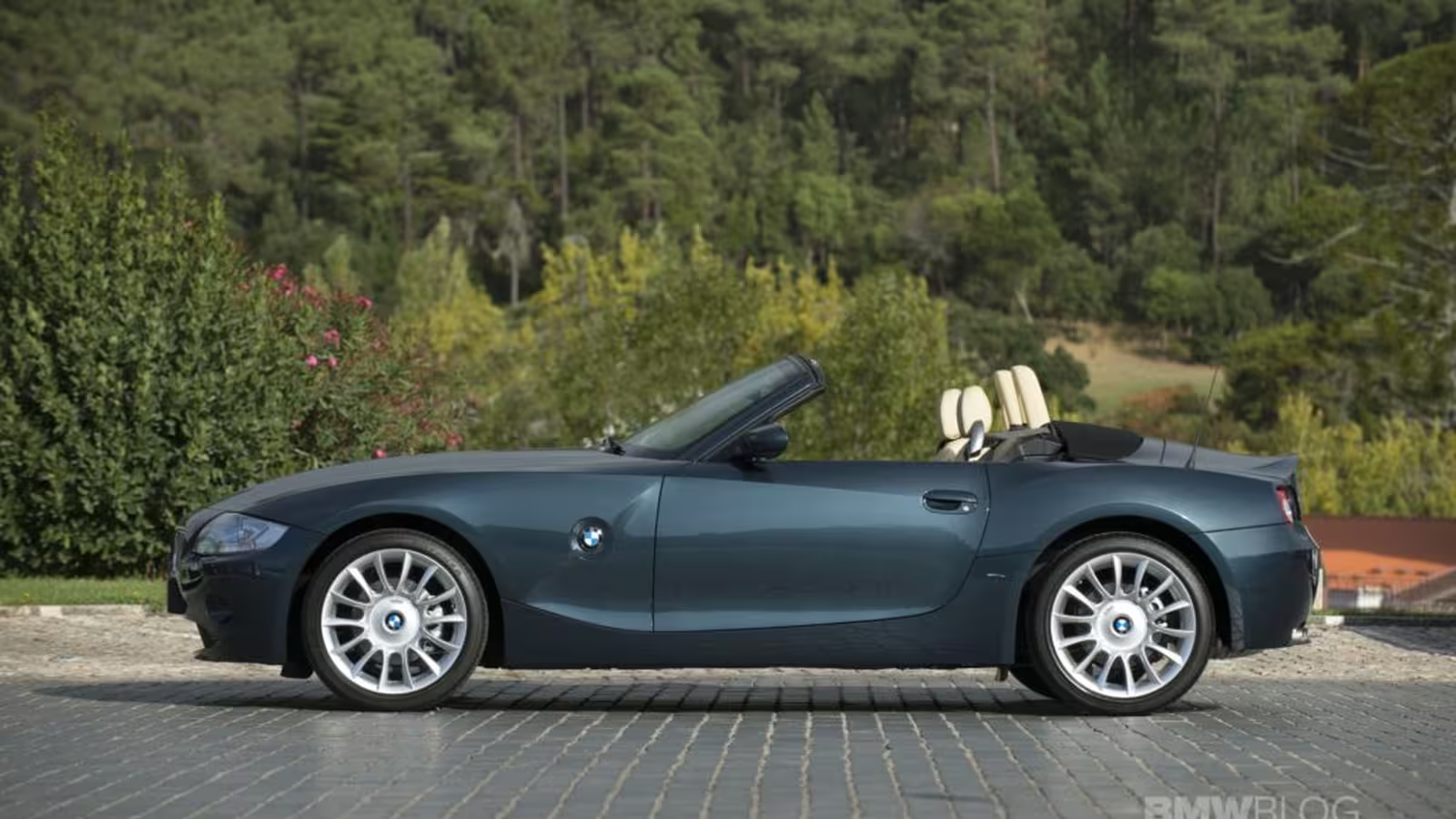4 Minutes
BMW’s Flame Surfacing: The Game-Changing Design Philosophy
Introduction: Revolutionizing BMW’s Aesthetic With Flame Surfacing
At the turn of the millennium, BMW signaled a dramatic departure from conventional automotive styling by introducing Flame Surfacing—a cutting-edge design language that forever altered the brand’s global identity. First making headlines in the early 2000s, this innovative approach embraced complex, sculptural body lines inspired by the curves of the human body and the flow of fabric. Flame surfacing instantly polarized enthusiasts and critics alike, yet its influence on BMW design is undeniable, transforming models across the entire lineup—from the sporty 3 Series to the compact 1 Series and beyond.
The Roots of Flame Surfacing: Human Anatomy Meets Modern Car Design
Although the concept is often associated with BMW designer Chris Bangle, the true originator was Anders Warming, who laid the foundation while still early in his automotive design career. Inspired by studying the fluid motion of muscles and bone beneath the skin, Warming prioritized the forms and surfaces within a car’s outline rather than just its silhouette. This fresh perspective encouraged BMW’s design teams to think three-dimensionally, crafting vehicles that exuded energy even at standstill.
When sketching the now-iconic E85 Z4 Roadster, Chris Bangle famously described these dynamic, intersecting curves as “flames,” reflecting how various surfaces twist and catch light much like a dancing flame. Though bold, this approach wasn’t originally showcased through the Z4. Instead, the first public showcase was the daring BMW X Coupe concept, an early precursor to today’s Sports Activity Coupes. Though initial reception was mixed, BMW’s commitment to this avant-garde style signaled the brand’s willingness to take risks—and to redefine luxury performance design.
Flame Surfacing Meets Production: Impact on Key BMW Models
Flame surfacing made its production debut with the E65 7 Series, one of the most controversial BMW sedans ever released. Its radical design—including pronounced character lines and sculpted surfaces—prompted strong reactions, leading BMW to revise and soften the style during the model’s mid-cycle facelift, which in turn improved sales. Nevertheless, the E65 established flame surfacing as a defining visual language for BMW.
Another notable chapter was the E60 5 Series, often misunderstood as the ultimate flame surfacing example. In reality, chief designer Davide Arcangeli drew influence from how taut fabric stretches over curved frameworks, similar to the shape of a zeppelin rather than the human body. This detail-oriented approach delivered deep, visually striking panel contours while harmonizing with the greater flame surfacing theme found across BMW’s lineup.
Vehicle Design Features and Specifications: A Closer Look
BMW models from the flame surfacing era are easily recognized by their interplay of concave and convex shapes, sharp angle transitions, and bold creases. These features are not just aesthetic but also play a role in aerodynamics and visual light play, enhancing both the car’s performance and road presence. Typical vehicles from this period include the Z4 Roadster, E65 7 Series, and E60 5 Series, all of which boasted engines ranging from inline sixes to powerful V8s, advanced suspension systems, and driver-focused cockpits—further establishing BMW as a leader in luxury performance.
Performance and Market Impact: Flame Surfacing in Context
While flame surfacing may have initially divided opinion, it ultimately delivered on its goal: ensuring BMW cars stood out in a crowded premium market. These models married their sculptural looks with class-leading dynamics, high-quality interiors, and renowned driving engagement. The design also set BMW apart from its more conservative German rivals such as Mercedes-Benz and Audi, attracting younger buyers seeking boldness and innovation.
Comparisons and Legacy
Prior to flame surfacing, many luxury vehicles leaned toward a more monolithic, slab-sided aesthetic, emphasizing solidity and understatement. In contrast, BMW’s new direction emphasized movement, complexity, and emotional appeal. Today, even as the brand’s design language continues to evolve, echoes of flame surfacing remain, underlining its lasting impact on the automotive world.
Final Thoughts: Was Flame Surfacing Ahead of Its Time?
Looking back, BMW’s embrace of flame surfacing was as much a statement of character as it was a risk. While it challenged the status quo and alienated some traditionalists, it ensured the Bavarian automaker would never blend into the background. For car collectors and enthusiasts, models featuring true flame surfacing have become icons—symbols of innovation, courage, and the enduring pursuit of automotive distinction.
For deeper insights and historical sketches, resources like Steve Saxty’s "BMW by Design" offer unmatched depth on this fascinating chapter in BMW’s legacy.
Source: bmwblog



Comments